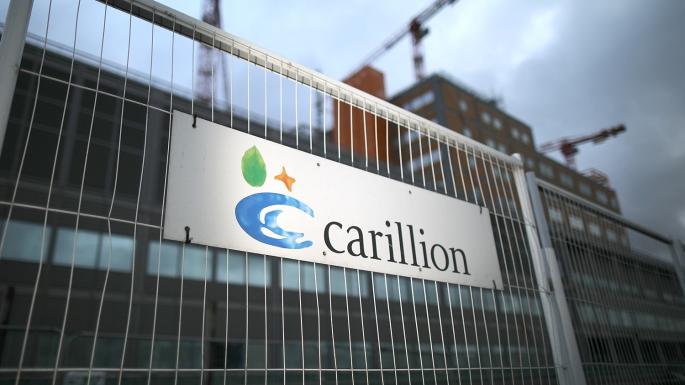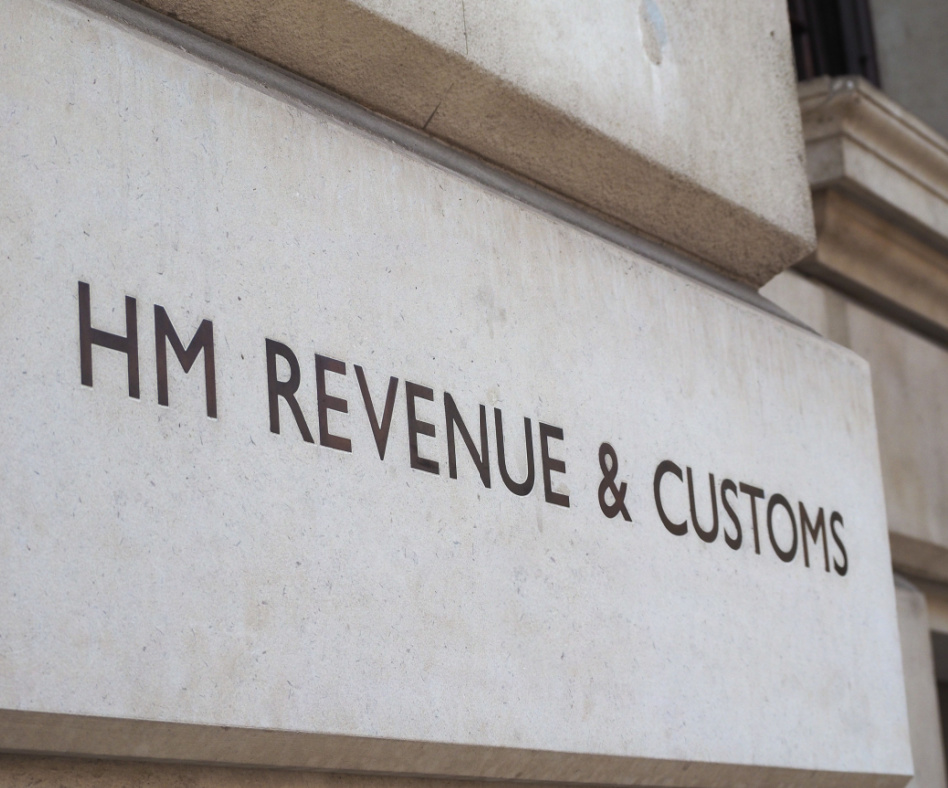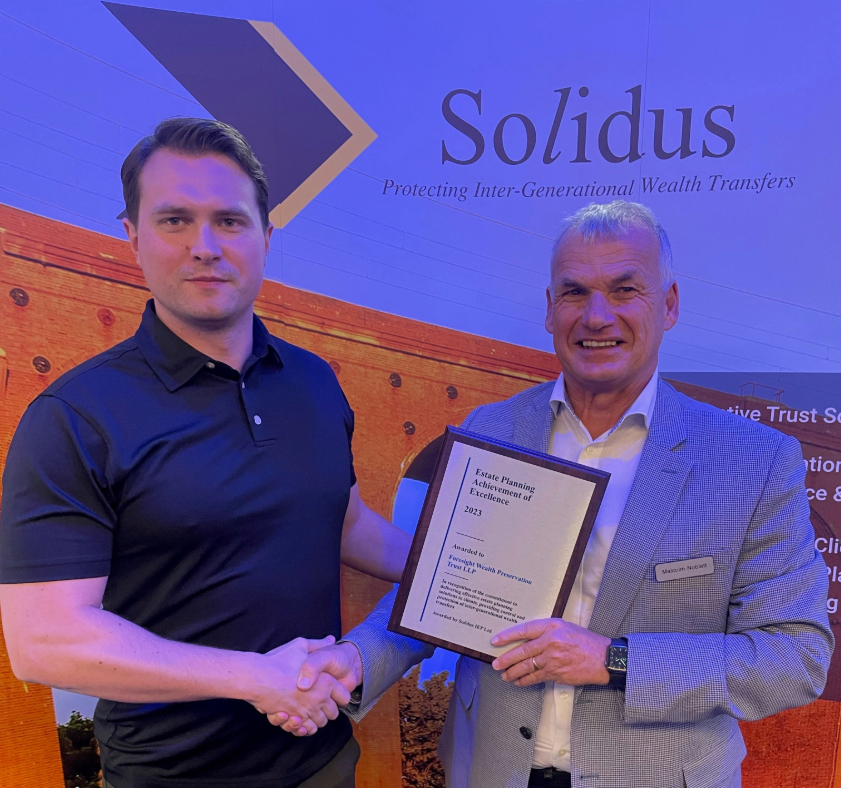When people move home, only around 1 in 25 remember to tell their pension providers their new address. This has led to over £19.4 billion of unclaimed pension pots, equating to 1.6 million pensions with an average fund size of £13,000. National Pension Tracing Day is on Sunday, 30th October, an unhelpful date as all pension providers are shut on a Sunday, but the good news is that you do not have to wait till then.
This issue recently came into the spotlight because Experian’s Unclaimed Assets Register, which helped match up pensions with customers, was decommissioned on 29th August this year. These unclaimed assets, also known as lost assets, are usually pensions that have long gone from the owners’ minds because the provider is no longer able to track their customer down.
People often wonder how they find their lost pensions. The first step is to think of all the employers you have worked for and whether you paid into a pension when you were there.
Under Auto Enrolment laws introduced in 2012, anyone earning more than £10,000 per annum and working for a larger business would automatically be enrolled into a pension. This would have included contributions from both yourself and the company. If you worked for a smaller firm, Auto Enrolment may not have applied until 2017. Pension schemes should always send you regular correspondence, including an annual statement that summarises how much is in your account and what income you could receive in retirement.
If you have moved house or are no longer receiving this correspondence for any reason, you should contact your old employer to ask for the details of the associated pension provider. Avoid companies that charge a fee for tracking down former pensions on your behalf. The Government has introduced a free Pension Tracing Service although, like most things Government-based, it is currently under development.
At Foresight, we ask you to sign a Letter of Authority, which allows us to speak to all of your pension providers, enabling us to gather all the details about your plans including all the associated charges, and to research how they are performing. This is the best way to ensure that you understand exactly what you have in your pension plans.
Once you have this information then the next step is to look at how these funds can be allocated to your retirement – and that is when professional advice can make a significant difference to your planning.
If you would like to look in to your pensions in more detail then please contact us.

















































